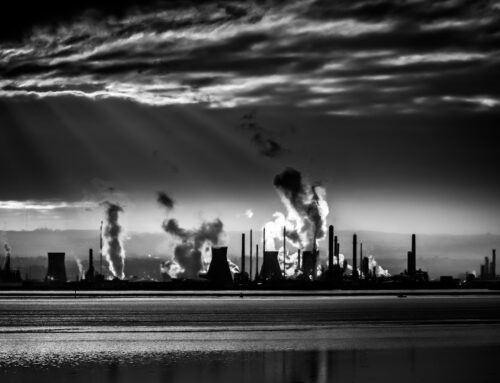
The Urgent Need for Plastic Alternatives
Plastic pollution has become a global crisis, posing a significant threat to our environment and ecosystems. Fortunately, the world of petrochemicals is witnessing groundbreaking innovations in the development of alternative materials that can substitute traditional plastics while being more sustainable and environmentally friendly.
Bioplastics: Nature-Inspired Alternatives
Bioplastics, derived from plant-based sources such as corn, sugarcane, and algae, offer a promising solution. These materials are biodegradable, renewable, and reduce dependence on fossil fuels. Moreover, bioplastics can often possess similar properties as traditional plastics, making them suitable for various applications, including packaging, utensils, and textiles.
MycoMaterials: Harnessing the Power of Fungi
Mycelium, the root structure of mushrooms, has proved to be an incredibly versatile material. By harnessing the power of fungi, mycomaterials can be developed, offering a sustainable and biodegradable alternative to traditional materials like Styrofoam. Mycelium-based products have excellent insulating properties and can be molded into different shapes, making them ideal for packaging and construction industries.
Engineering the Revolution: 3D Printing
3D printing has revolutionized various industries, and the eco-friendly potential of this technology for plastic alternatives cannot be overlooked. By utilizing biodegradable materials, such as polylactic acid (PLA), which is derived from renewable resources like corn starch, 3D printing can create complex shapes and structures with precision. This enables the production of sustainable products ranging from medical devices to consumer goods.
Upcycling: Transforming Waste into Value
Upcycling offers an innovative approach to tackle plastic waste. By transforming discarded materials into new products of higher value, upcycling not only reduces waste but also decreases the demand for new raw materials. Projects repurposing plastic waste into furniture, fashion accessories, and even building materials showcase the potential of upcycling as a powerful tool in the battle against plastic pollution.
Conclusion
The development of plastic alternatives has become an urgent necessity to combat the detrimental effects of plastic pollution. Through innovations in bioplastics, mycomaterials, 3D printing, and upcycling, the petrochemical industry is paving the way for a more sustainable future. By exploring these alternatives and embracing technological advancements, we can make a significant positive impact on our planet and preserve it for future generations.





